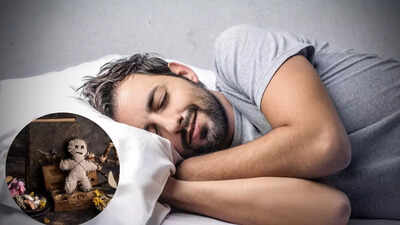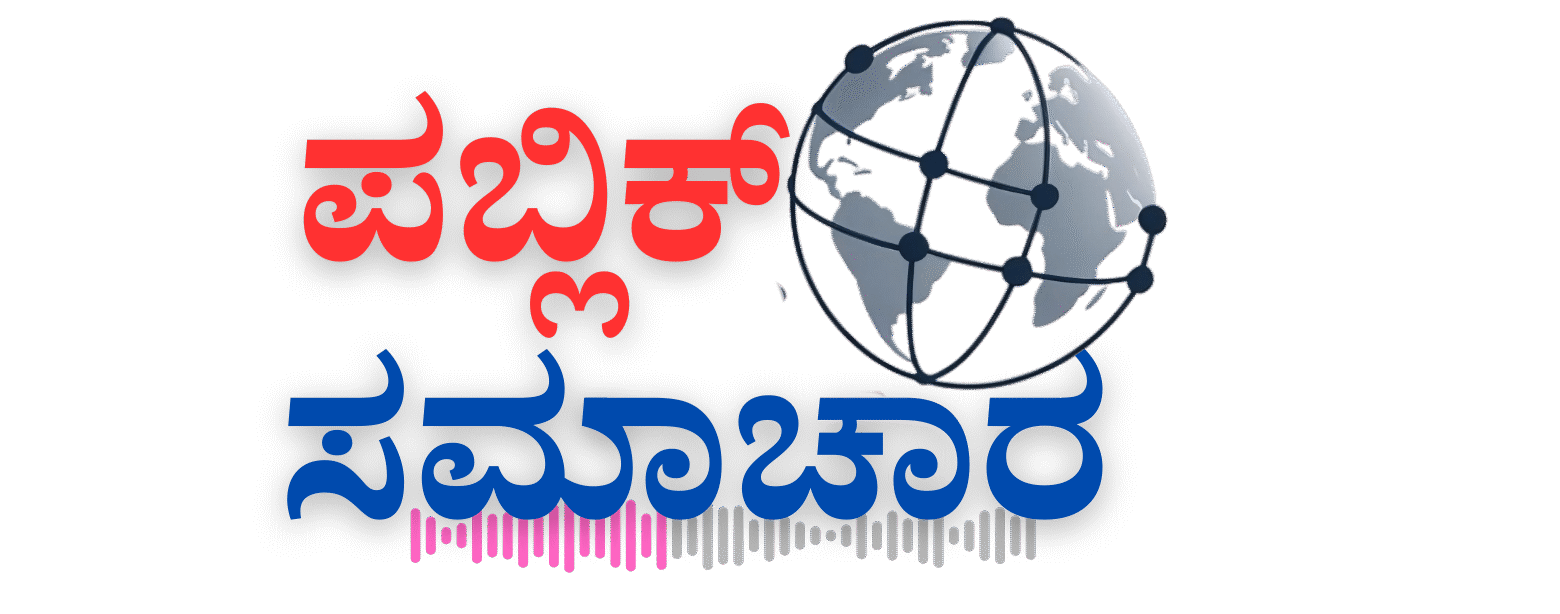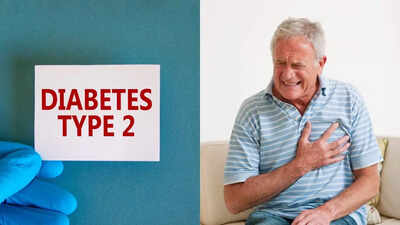This viral ‘voodoo magic’ trick is helping people fall back asleep: How simple eye motions may drift you to sleep |

Waking up at 2 a.m. and struggling to fall back asleep can be frustrating, and staring at the ceiling only makes it worse. But a new viral trick gaining traction on TikTok might offer surprising relief. Nicknamed “voodoo magic” by users, the technique involves slow eye movements performed with your eyes closed. It may sound odd, but emerging science suggests there’s real neurological merit behind it. Drawing from research on sleep stages, relaxation, and eye movement therapy, experts believe this simple habit could help ease the mind back into sleep. Here’s what to know before trying it during your next sleepless night.
Viral sleep movement, aka the voodoo magic trick: how simple eye motions may puts you back to sleep
Waking in the middle of the night can feel maddening—every second awake drags on. Amid endless bathroom trips and mind chatter, a TikTok trend has captured attention: a simple set of eye motions, performed with closed eyes, is being touted as “voodoo magic” for falling asleep again.Users describe a sequence: look right, left, up, down, then sweep in full circles both clockwise and counterclockwise. Practitioners claim it sends them drifting back to sleep in seconds. While the method hasn’t been tested directly in sleep trials, underlying research on eye movements and autonomic relaxation offers a possible scientific explanation.
The science behind eye movements and relaxation
Studies exploring Eye Movement Desensitization and Reprocessing (EMDR) offer the most relevant data. EMDR is primarily used in trauma therapy, but physiological findings include notable autonomic effects: explicit eye movements during therapy appear to shift the balance from sympathetic (arousal) to parasympathetic (rest-and-digest) activity. In one study, heart rate and skin conductance decreased while finger temperature increased during eye movement tasks, mirroring patterns observed in early sleep stages—particularly REM sleep onset.Physiologically, REM onset is typically marked by slow rolling eye movements similar to controlled motion. Though voluntary motions don’t perfectly mimic REM, they may cue the brain toward relaxation. Research by Ogilvie found that slow eye rolling correlates with drowsiness and sleep onset, supporting its potential role in signalling restfulness. A broader review of begin-sleep transitions underscores that these processes are complex but often involve slowing eye movements alongside shifting neural rhythms.
How simple eye motions might support sleep
While no clinical trials have tested this exact TikTok trick, its effects might be explained through established mechanisms:
- Cognitive distraction: By focusing on eye movement, internal noise, like racing thoughts, may fade, allowing attention to settle inward and calm.
- Parasympathetic activation: Similar to EMDR, bilateral eye motion may activate parasympathetic pathways, slowing physiological arousal and preparing the brain-body system for sleep.
- Sleep onset mimicry: Eye motion arrest during REM onset naturally corresponds with transitioning into sleep. Voluntary rolling motions may softly cue that same directional focus, nudging the brain toward rest.
Practical guide: using the eye trick mindfully
If you wake up overnight and want to try the technique, here’s a structured approach:
- Keep your eyes closed to block new visual input.
- Perform the sequence slowly: right, left, up, down, then circle one way, then the other, pausing at each point.
- Breathe deeply and evenly: inhale for four counts, exhale for six while you move your eyes.
- Repeat as needed, staying mindful rather than anxious.
- Avoid checking screens or clocks, which break the sleep cycle momentum.
Other sleeping strategies for middle‐of‐the‐night awakenings
If this eye motion trick isn’t effective for you, peer-reviewed research supports several reliable alternatives:
- Paradoxical intention: Rather than trying harder to sleep, lie quietly with eyes open and mentally resist sleep. This method reduces performance anxiety and promotes natural sleep onset.
- Cognitive distraction/counting: Engage in neutral mental tasks like counting backwards or reciting calm imagery to override intrusive worries.
- Relaxation breathing or progressive muscle relaxation: These methods shift the nervous system toward parasympathetic dominance and reduce arousal without pharmacological aid.
No direct clinical trials validate the viral eye trick exactly. However, academic research on eye movement, autonomic regulation, and sleep transitions offers plausible mechanisms: distraction, parasympathetic activation, and mild mimicry of sleep onset signals. Importantly, these effects rely on focus and intention—not literal magic. Still, the technique’s simplicity, cost‑free nature, and screen‑free engagement make it a low-risk option to try during nighttime awakenings. While individual results vary, for many, it may be enough to quiet the mind and encourage drowsiness.Also Read: No fixed bedtime raises heart attack and stroke risk by 26% and even 7-8 hours of sleep won’t protect you






